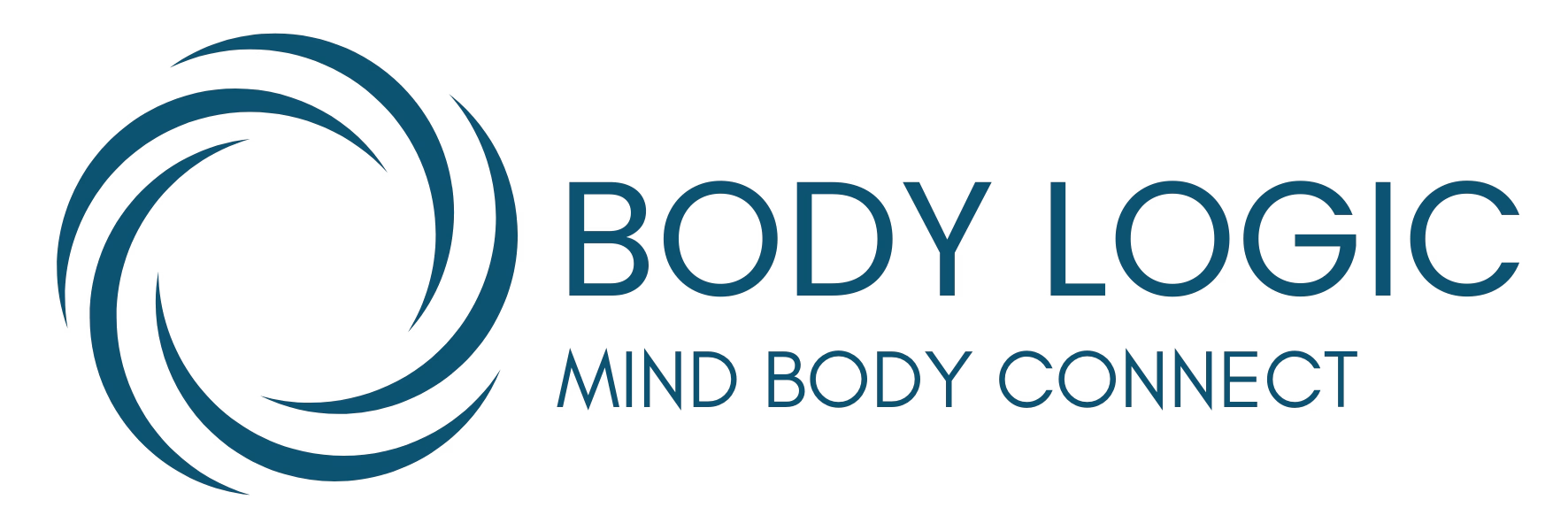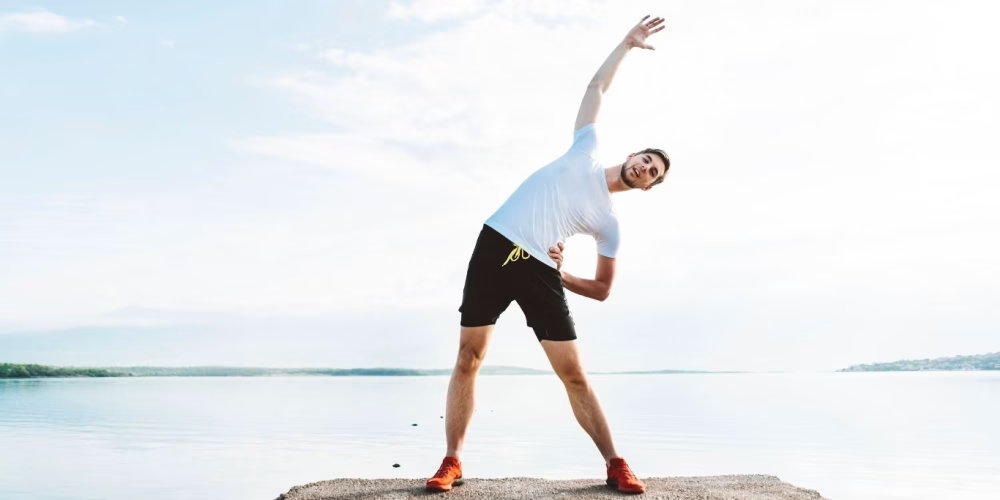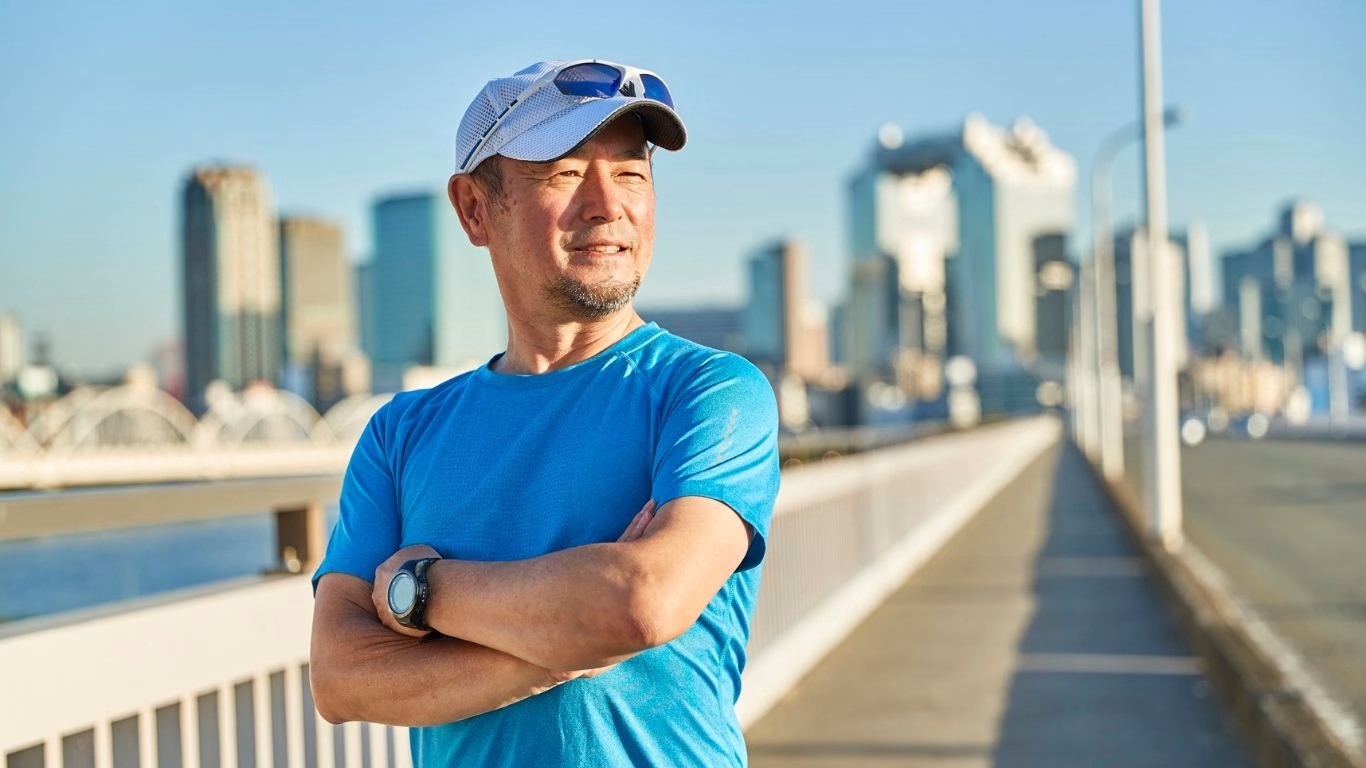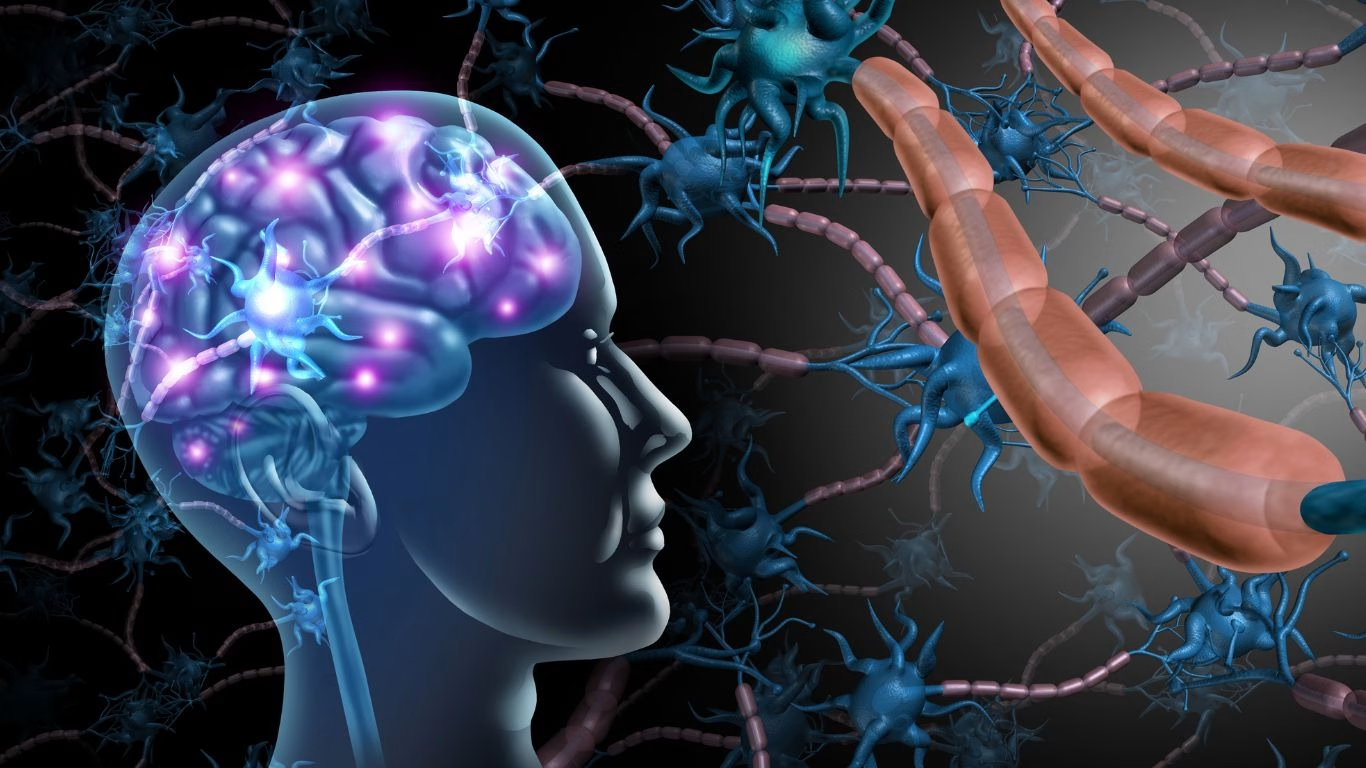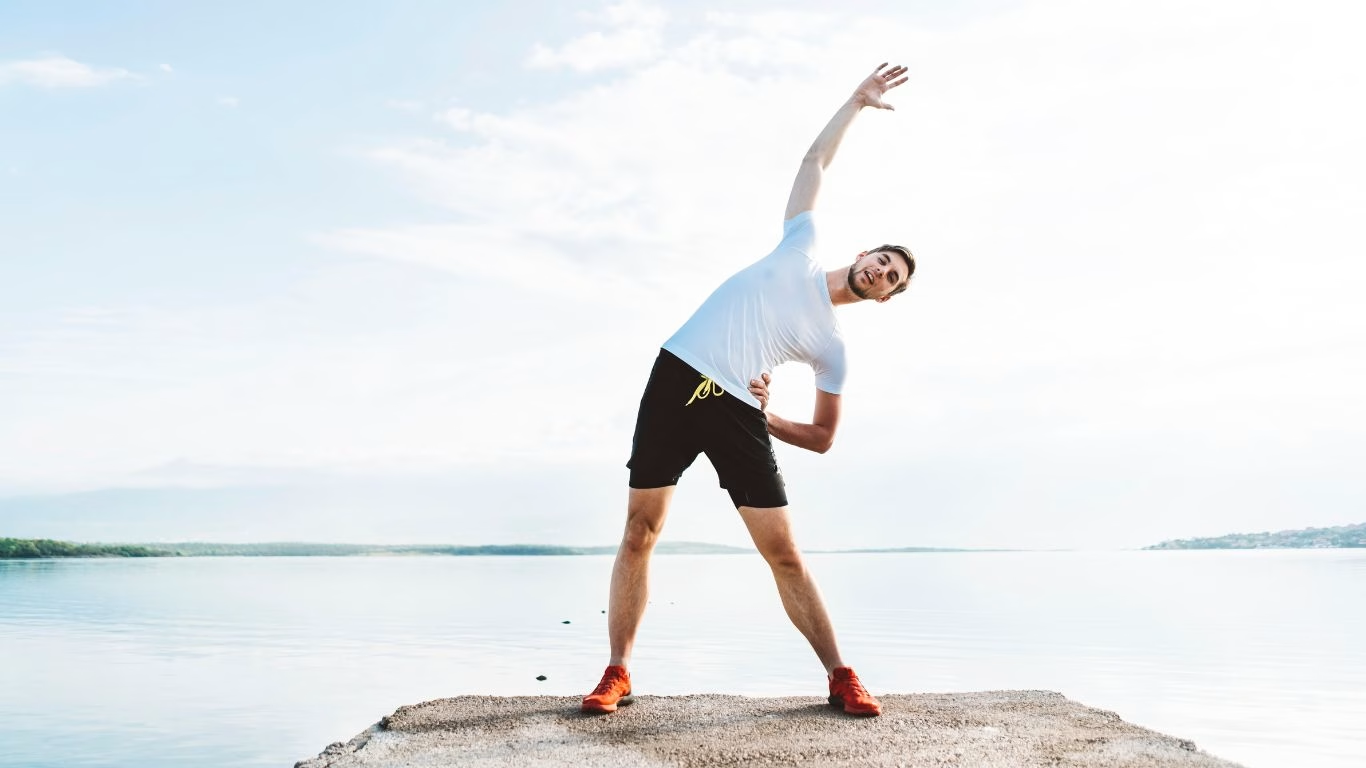In a fast-paced world where we’re often disconnected from our own bodies, somatic movement offers a gentle invitation to slow down, tune in, and reconnect.
Unlike traditional fitness approaches that emphasise strength, flexibility, or endurance, somatic movement focuses on body awareness. It’s a mindful practice where the goal isn’t about performing a movement but about feeling it – listening to the body’s signals and responding with curiosity and care.
A Brief History of Somatic Movement
The word somatic comes from the Greek word soma, meaning ‘the living body in its wholeness’.
While the principles of body awareness are deeply rooted in ancient movement traditions, the somatic movement field as we know it today was shaped in the 1970s by educator Thomas Hanna.
Hanna coined the term ‘somatics’ to describe a group of practices that focused on the internal experience of movement rather than external performance.
Over the years, somatics has grown to include a variety of approaches, such as Feldenkrais, Alexander Technique, and Hanna Somatic Education, that help people release chronic tension, heal from injuries, and move with greater ease.
As Healthline explains, these methods are built around mindfulness and body awareness.
The Science Behind Somatic Practices
Somatic movement isn’t just about ‘stretching’ or ‘relaxing’. It’s grounded in neuroscience, particularly the concept of neuroplasticity – the brain’s ability to form new pathways and reorganise itself throughout life.
Stress, trauma, and repetitive habits often lead to unconscious muscle tension that limits mobility and causes pain.
Somatic movement retrains these patterns by combining slow, mindful movement with focused awareness. This helps your nervous system ‘reset’ and teaches your body it’s safe to relax, move, and function more efficiently.
What a Somatic Movement Practice Looks Like
Sessions are usually floor-based and involve small, gentle movements. Rather than following a set ‘routine’, you explore how your body feels, moving slowly and with intention. A typical session may include:
- Lying down and gently rolling the head, shoulders, or hips to sense tension and mobility.
- Pausing often to rest and integrate sensations.
- Breathing deeply and scanning the body for tightness or discomfort.
- Re-educating movement patterns by exploring efficient ways to sit, stand, or walk.
This focus on internal experience makes somatic movement highly adaptable and accessible for all ages and abilities.
Proven Benefits of Somatic Movement
Healthcare experts recognise somatic movement as a valuable way to support both physical and mental wellbeing. According to the Cleveland Clinic, somatic practices can:
- Relieve pain and tension: By retraining habitual movement patterns, you can ease chronic discomfort.
- Improve posture and flexibility: Mindful awareness helps the body find efficient, natural alignment.
- Calm the nervous system: Slow movements activate the parasympathetic response, reducing stress and anxiety.
- Support trauma recovery: Somatic methods offer a gentle way to process and release stored emotional tension.
- Enhance balance and coordination: The practice improves your ability to move with control and confidence.
A Practice of Connection
Somatic movement is more than exercise; it’s a way of reclaiming your body’s innate wisdom. In a culture that often encourages us to push harder and ignore discomfort, somatic practices provide a safe space to pause, listen, and heal.
Whether you’re managing pain, recovering from injury, or simply seeking a deeper connection with your body, somatic movement offers a powerful, evidence-based path forward. All it takes is curiosity, patience, and the willingness to explore what your body has been telling you all along.
